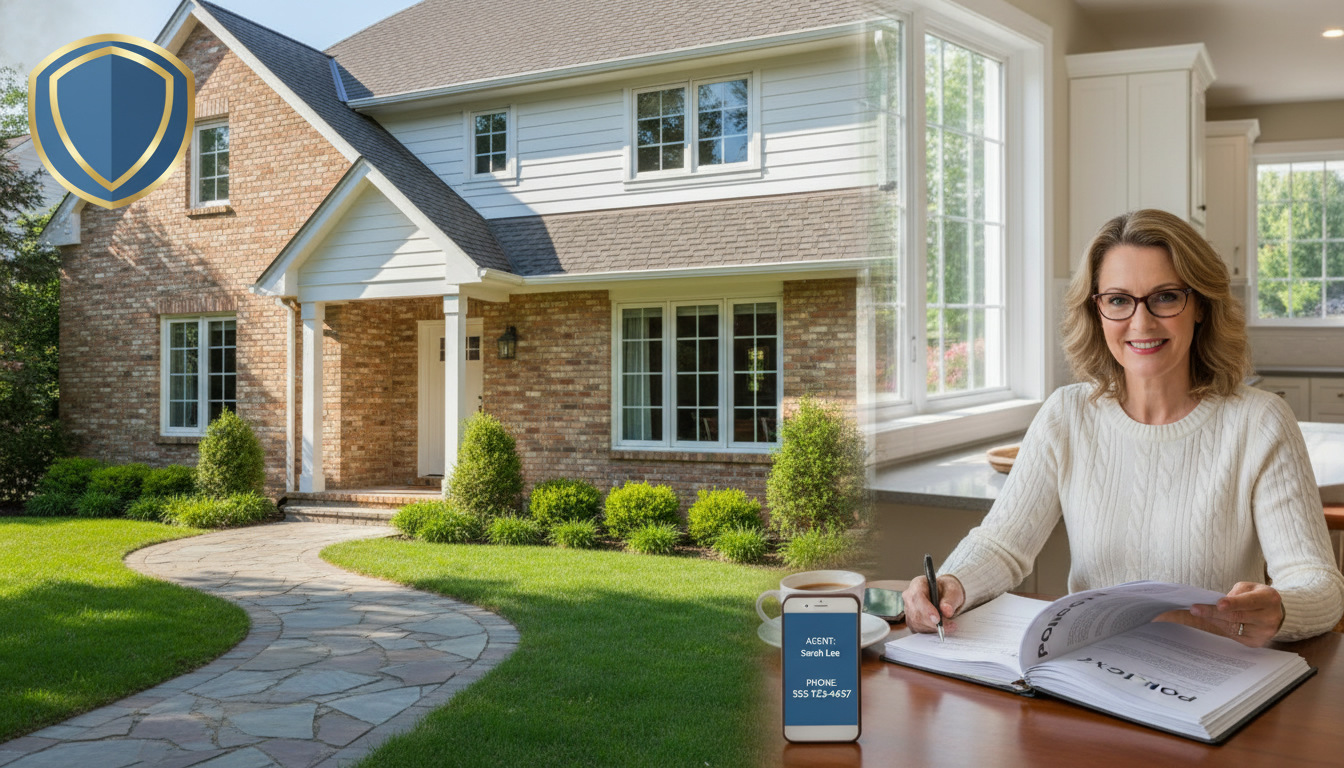How does liability insurance work for
homeowners?
Did you know one accident can wipe out your savings? Here’s the simple truth: homeowners liability insurance is the shield that saves you from that financial ruin.
Why homeowners liability insurance matters
Homeowners liability insurance protects your assets if someone is injured on your property or if you (or a family member) accidentally damage someone else’s property. It’s not about bricks and mortar. It’s about protecting your bank account, your future, and your reputation.
What liability insurance for homeowners covers
- Bodily injury: Medical bills, lost wages, and pain-and-suffering claims when a guest is hurt on your property (slip-and-fall, pool accidents, dog bites).
- Property damage: Repair or replacement when you or a household member damage a neighbor’s property (e.g., a tree falls on a neighbor’s garage).
- Legal defense: Attorney fees and court costs, even if the claim is groundless.
Typical policy components
- Personal liability limit: The maximum the insurer pays per claim (common limits: $100k, $300k, $500k).
- Medical payments: Small, no-fault coverage for minor injuries to visitors.
- Deductible: Liability rarely has a deductible; property claims do.
Real-world examples (exact and useful)
1) Slip on icy steps: A visitor breaks a wrist. Your liability coverage pays medical bills and legal defense if sued. If the claim exceeds your $300k limit, you’re on the hook for the remainder.
2) Pool accident: A guest drowns and the family sues for punitive damages. Liability covers defense and settlements up to policy limits; punitive damages may be contested and partially excluded depending on state law.
3) Dog bite: Many insurers cover dog-bite claims; some breeds may be excluded. If excluded, you face personal liability unless you buy an umbrella policy or special endorsement.

Common exclusions and pitfalls
- Business activities run from home often require separate commercial liability.
- High-risk breeds or past animal claims can be excluded or surcharged.
- Intentional acts aren’t covered.
- Insufficient limits leave you exposed. Many homeowners underestimate how fast legal costs and settlements grow.
How claims work — step by step
1) Report the incident to your insurer immediately.
2) Preserve evidence (photos, witness contacts, incident notes).
3) Insurer investigates and negotiates. They control the defense but must act in good faith.
4) Settlement or trial. If losses exceed your limits, you’re responsible for the balance.
Actionable steps to lower risk now
- Raise liability limits to at least $300k; consider $1M if you host often or have a pool.
- Add an umbrella policy for extra protection at low cost.
- Maintain property: fix ice, railings, loose steps, and fence around pools.
- Document everything: photos, dates of repairs, safety measures.
If you want a practical, local evaluation of your risk and policy gaps, contact Tony Sousa — local realtor and risk advisor. He helps homeowners pick coverages that match real exposure. Email: tony@sousasells.ca | Phone: 416-477-2620 | https://www.sousasells.ca
This guide answers how homeowners liability insurance works and gives clear next steps: check your limits, document safety, and consider umbrella coverage. Do that and you protect more than your home — you protect your life’s work.





















